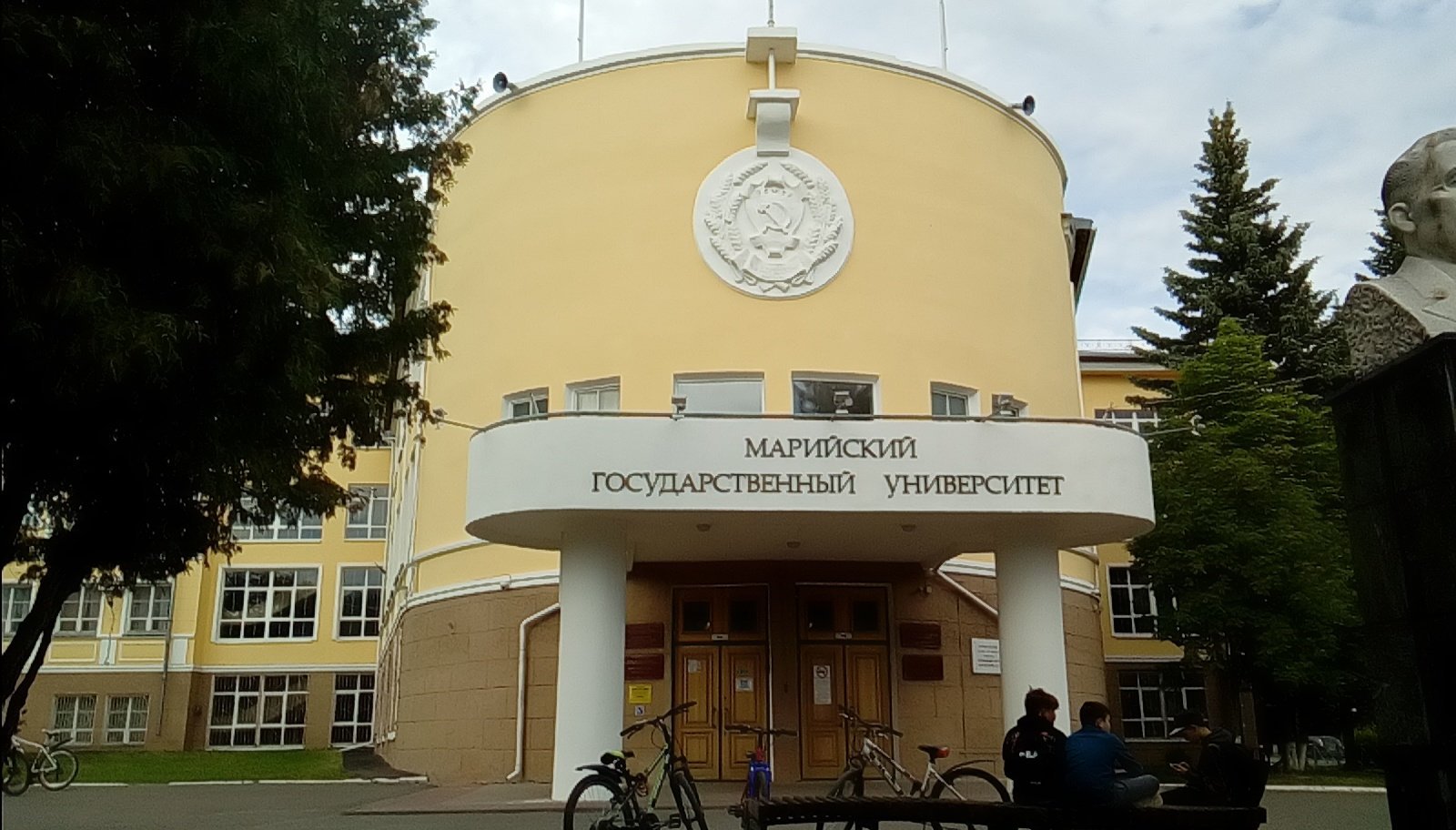
Foundation and Early Years (1971-1985)
Established in 1971, Mari State University emerged to address the Republic of Mari El’s need for skilled professionals. The university’s inception was championed by key figures, and Mari State University’s initial faculties included historical-philological, biological-chemical, physico-mathematical, and agricultural, marking a significant step in the region’s educational development.
Period of Growth and Recognition (1985-1998)
Under the leadership of V.P. Ivshin, Mari State University transformed into a classical institution. Postgraduate and doctoral programs were introduced, research funding surged, and the university gained recognition in Finno-Ugric studies. The ’90s saw a substantial increase in research activities, further solidifying Mari State University’s standing.
Sustainable Development (1998-2007)
Led by Professor V.I. Makarova, this era witnessed Mari State University maintaining its classical traditions. The university became a hub for Finno-Ugric studies, fostering international connections with universities in Finland, Estonia, and Hungary. In 2008, a significant merger occurred with Moscow State Pedagogical Institute N.K. Krupskaya, expanding Mari State University’s reach and influence.
Continued Growth and Integration (2007 Onward)
Mari State University continued its journey, becoming a member of various prestigious associations and playing a vital role in educational reform. The university diversified its offerings, introducing innovative teaching methods and embracing modern technologies. It became a symbol of the Mari people’s cultural revival and a center for quality education.
Global Engagement and Recognition (2017 Onward)
In 2017, Mari State University achieved flagship status among Russian universities, marking a pinnacle of recognition. The establishment of the Pedagogical Institute in 2017 and the Institute of Digital Technologies in 2020 showcased Mari State University’s commitment to evolving with the times. Today, Mari State University stands as a recognized center of education, science, and culture.
Current State and Achievements
Mari State University boasts nine faculties, six institutes, and over 9,000 students. With a dedicated team of 532 educators, including 66 doctors of science and 37 professors, Mari State University continues to thrive as a dynamic force in education and research. Its influence extends not only regionally but also globally, contributing to the integration of Russian higher education into the international educational landscape.
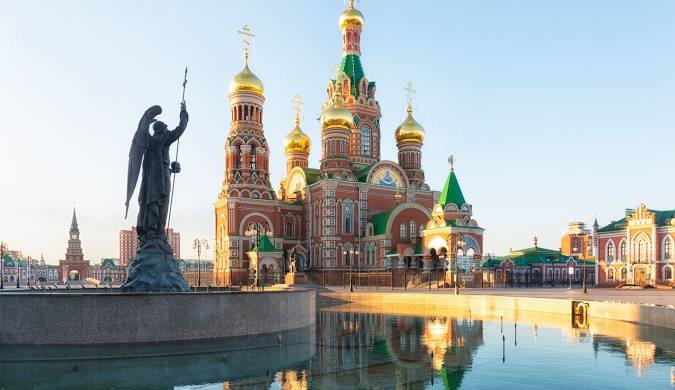
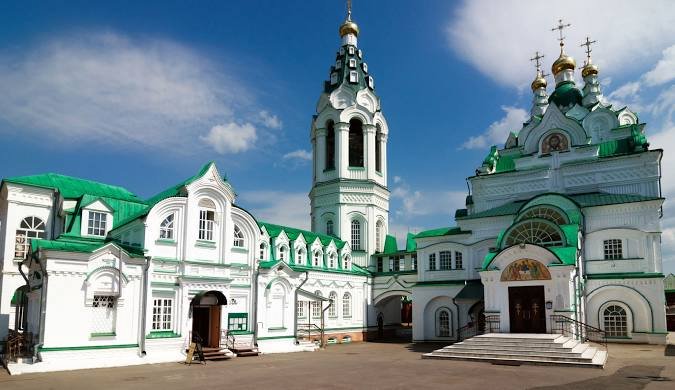
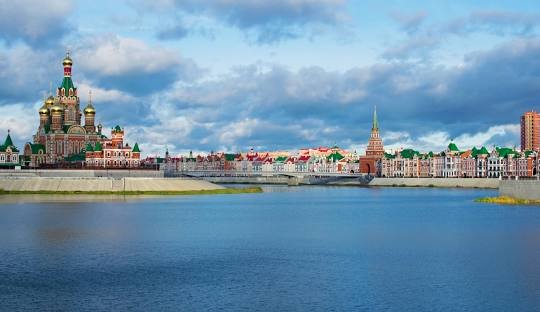
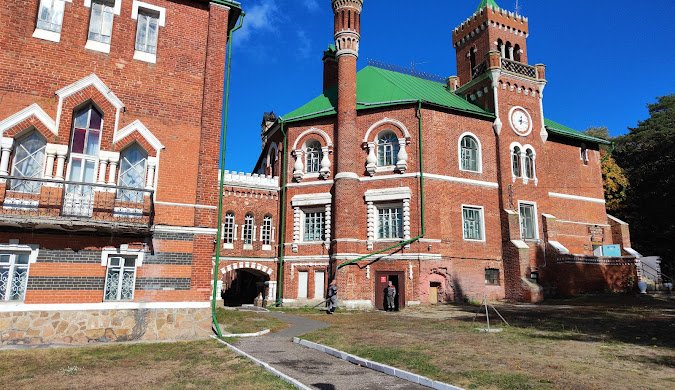
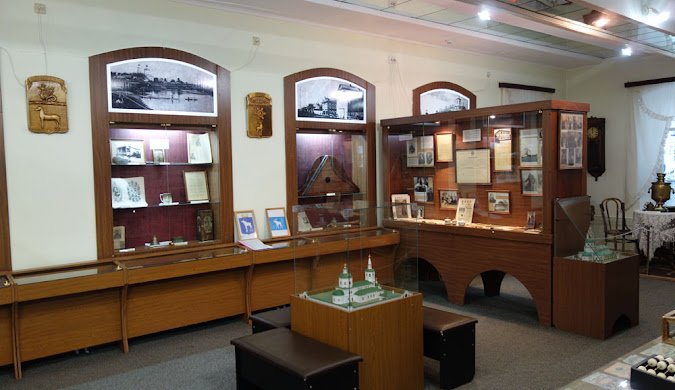
Geographic Overview:
The Mari El Republic, situated in the European region of Russia, lies along the northern bank of the Volga River.
Demographic Composition:
Established for the indigenous Mari people, the republic is characterized by a population comprising ethnic Russians (47.4%), Mari (43.9%), and minority groups like Tatars and Chuvash.
Administrative Borders:
Mari El shares borders with Nizhny Novgorod Oblast, Kirov Oblast, Tatarstan, Chuvashia, and Nizhny Novgorod Oblast.
Landscape and Waterways:
The eastern part of the East European Plain, Mari El boasts diverse landscapes, including the swampy Mari Depression and hilly areas in the east. The region is rich in water resources, with 476 rivers, including the Volga, and over 700 lakes and ponds.
Climate and Natural Resources:
The climate is moderately continental, with cold winters and warm summers. Despite a lack of significant industrial resources, Mari El possesses peat, mineral waters, limestone, and a forested territory of about 50%.

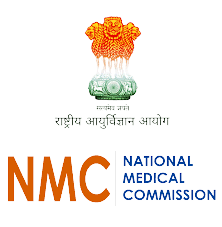
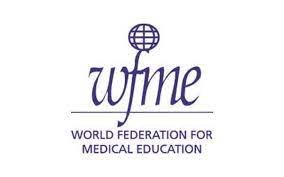
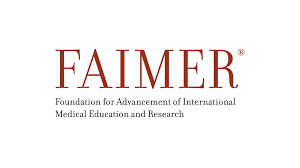
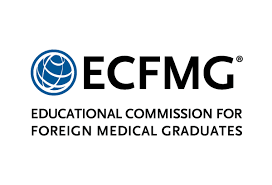
| Key Highlights | Details |
|---|---|
| University Recognitions | ECFMG, WDOMS, FAIMER, NMC (erstwhile MCI) |
| Medium of Teaching | English |
| MBBS Course Duration | 6 years (including internship) |
| Eligibility Criteria | Qualified Class 12 with 50% marks in PCB |
| NEET Required | Yes |
| No. of Indian Students (currently enrolled) | 1500+ |
| Intake Period | September |
| Geographical Location | Yoshkar-Ola, along the northern bank of the Volga River, European region of Russia |
| Climate | Moderately continental with cold winters and warm, often rainy summers |
| Natural Resources | Limited industrial significance; includes peat, mineral waters, and limestone |
| Forest Coverage | About 50% of the Republic’s territory is forested |
| Medical Facilities | Equipped with a comprehensive medical service on campus |
| Student Activities | Diverse range including sports, creation, sections, associations, and volunteer opportunities |
| Campus Amenities | Museums, sports and recreation camp “Olympian,” and employment support |
1. MCI Authorization:
2. Qualified Professionals:
3. Modern Facilities:
4. No Donation Requirement:
5. Learning Environment:
6. Research and Development:
7. Affordable Quality Education:
8. Access to Resources:
9. Research Programs:
10. Advanced Degrees:
11. Career Preparedness:
12. English-Medium Instruction:
13. Cost-Effective Campus:
Student Life at Mari State University
Leisure and Events:
Students at Mari State University enjoy a vibrant social life with a plethora of leisure activities and events that contribute to a lively campus atmosphere.
Sports and Creation:
The university encourages a healthy lifestyle through sports activities, fostering creativity among students.
Sections and Associations:
Diverse sections and associations cater to varied interests, providing students with avenues to pursue their passions and hobbies.
Volunteer Corps of MarSU:
An active volunteer corps allows students to engage in meaningful community service, contributing to the local area.
Student Government:
Empowering students, the university has a student government that plays a crucial role in representing student interests and organizing events.
Campus Facilities:
The campus is equipped with essential services, including medical facilities, nutrition services, and access to museums.
Sports and Recreation:
The Sports and Recreation Camp “Olympian” provides an additional outlet for students to unwind and participate in recreational activities.
Employment and Student Labor Teams:
Opportunities for employment and participation in student labor teams contribute to students’ professional development.
Contacts and Vacancies:
Accessible contacts and information about vacancies enable students to stay informed and engaged in various opportunities.
Strategic Partners:
The university collaborates with strategic partners, enhancing educational and career prospects for the students.
Faculties at Mari State University
Mari State University offers a diverse range of programs across six faculties. The Faculty of Medicine stands out as particularly popular among Indian students. Within the Faculty of Medicine, the university provides various courses, including:
| Year/Semester | Courses |
|---|---|
| 1st Year | |
| Semester 1 | Anatomy |
| Semester 2 | Anatomy & Histology |
| 2nd Year | |
| Semester 3 | Histology, Biochemistry, Anatomy, Physiology |
| Semester 4 | Biochemistry, Microbiology, Physiology |
| 3rd Year | |
| Semester 5 | Pathology, Pharmacology, Microbiology, Pathophysiology |
| Semester 6 | Pathology, Pathophysiology, Pharmacology, Genetics and Principles of Clinical Medicine |
| 4th-6th Year | |
| Semester 7-12 | General Surgery, Primary Care Medicine, Oncology, Psychiatry, Pediatrics, Cardiology, ENT, Neurology, Obstetrics and Gynecology, Internal Medicine, Neurology and Psychiatry, Psychology, Emergency Medicine |
Eligibility criteria for MBBS admission at the University adhere to the guidelines set by the National Medical Commission (NMC) for Indian students. The requirements are outlined below:
Academic Performance:
NEET Qualification:
Age Requirement:
Hostel Accommodation:
Diverse Community Living:
Hostel Management:
Facilities for Academic and Physical Development:
Self-Cooking Facilities:
Well-Furnished Rooms:
Convenient Location:
Step 1: Initial Counseling
Step 2: Submission of Application
Step 3: Payment of Application Fee
Step 4: University Admission
Step 5: payment of 1st year Tuition Fees
Step 6: payment of Visa Processing & Documentation Charges
Step 7: Invitation Letter
Step 8: Visa Application
Step 9: Payment of Consultancy Service Charges
Step 10: Purchase of Air Ticket
Step 11: Document Safety
Step 12: Airport Reception and Briefing
Step 13: Arrival and Enrollment
Documents Required:
To ensure a smooth MBBS admission process Indian students are required to submit the following documents. Please note that all documents must be translated into Russian and duly certified at a consular department of the embassy (This will be taken care by RICH GLOBAL EDU)
Educational Documents:
NEET Exam Related:
Identification and Travel Documents:
Photographs:
Health and Safety Documents:
Ensuring that these documents are properly translated and certified is crucial for a successful application process.
Tution Fees Per Year: 4000 USD
Hostel Fee, Medical Insurance, Visa Extension: 1500 USD
Notably, any one-time charges have been excluded for simplicity and ease of understanding.
*Food/Indian Mess Cost = 100 to 120 USD Per Month
Additional Expenses only in 1st year
| Expense Component | Cost (INR) |
|---|---|
| Application Fees | INR 10,000 |
|
Documentation & Visa Processing Charges This includes:
|
INR 1,00,000 |
| Consultancy Charges | INR 50,000 |
| Air Ticket | INR 30,000 – INR 40,000 |
Countries for MBBS Abroad
Top Universities for MBBS
FAQs
MBBS in Moldova
MBBS in Nepal
MBBS in USA
© 2024 Rich Global Edu